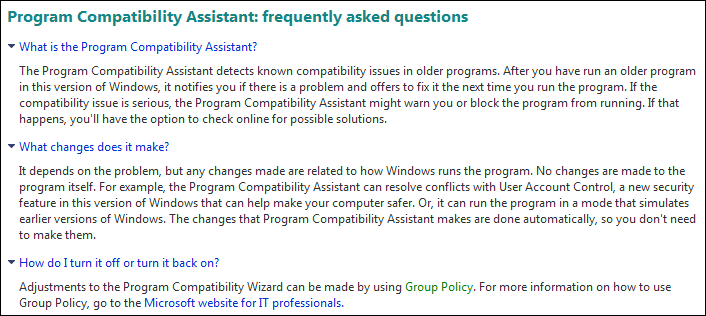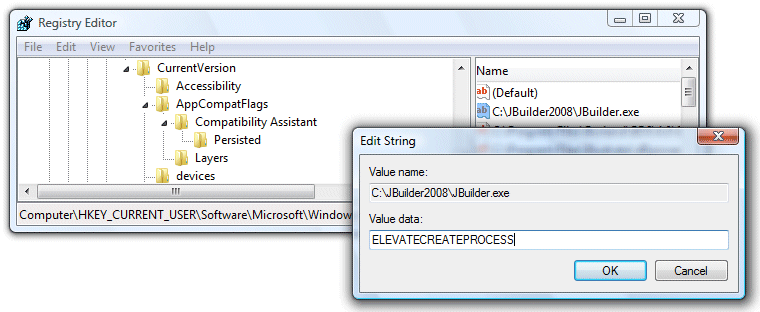Microsoft’s latest upgrade to Live Maps has some interesting new features, including more detailed 3D city views, labels in bird’s eye view, GeoRSS feeds, and more:
As always the changes visible in the user interface only scratch the surface of the dozens of improvements across the application tiers including Geocoding enhancements, browser compatibility (Safari and IE8), parsing improvements, reverse geocoding, printing improvements and tons more. We are also releasing an upgrade of our Map Control to version 6.1 for developers.
Unfortunately for UK developers, there’s another change. In December 2007 Microsoft acquired Multimap, and the latest update now redirects maps.live.com to Multimap, if your region settings are UK (or, possibly, elsewhere in Europe). You can see the difference if you force the region to US with an url argument: http://maps.live.com/?mkt=en-us.
The Multimap maps have fewer features and include advertising. For example, there is no 3D view in Multimap:

Here’s the real Live Maps version (note the extra features):

It looks like the photography is the same; but developers are not happy. Check out the comments to the announcement, for example:
I loved Live maps, but i’m off to Google maps if multimap doesn’t get removed and we go back to the nice clean good interface and all the features we’ve come to love.
Multimap is awful.
or
I never thought I’d have to say this, but for UK users Live Maps is now complete TRASH. Why on Earth did you replace Live Maps with Multimap??? Multimap uses technology that hasn’t changed for years, the maps are awful, the page is full of clutter, and it doesn’t even use smooth zooming – it just reloads the page every time you zoom in because it’s all static image based.
Add to that the fact that the road maps all use images scanned straight out of the PAPER atlas, not the sleek, computer-friendly road map style that Live Maps uses.
It’s a shame, as I’d been meaning to blog about how impressive Live maps and Virtual Earth looked in some of the demos as Mix08. That said, Microsoft can fix this easily by removing the redirect.
This is an integration issue. If Microsoft-Yahoo becomes a reality, I wonder what other such issues will cause developers to fret?
Thanks to Ian Blackburn for the link.
UPDATE: Live Maps is back. As of yesterday, Multimap is no longer being used even in the UK. Looks like Microsoft listened; I’m impressed.





